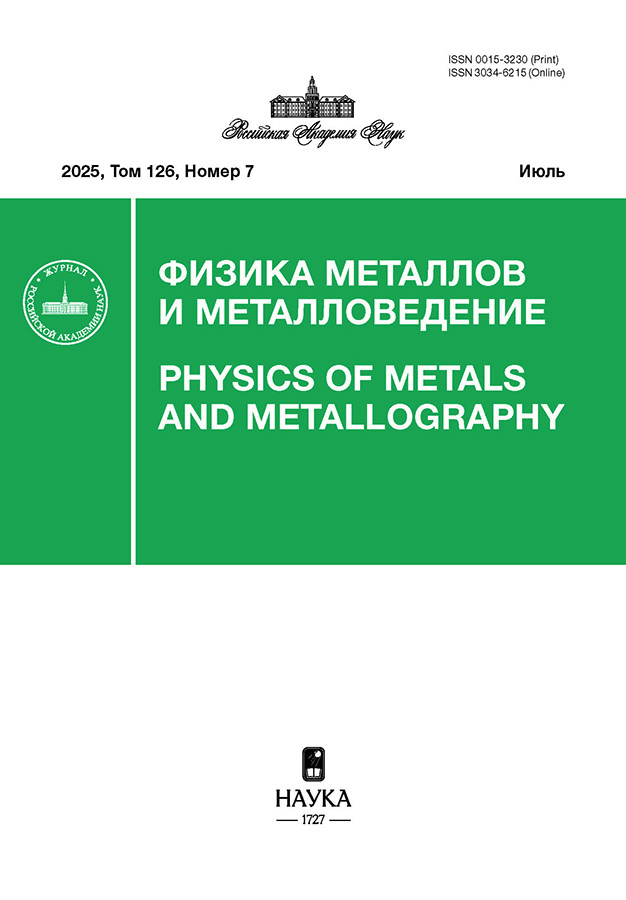Fizika metallov i metallovedenie
ISSN(Print): 0015-3230
Media registration certificate: ПИ № ФС 77 - 79455 от 27.11.2020
Editor-in-Chief: Mushnikov Nikolay Varfolomeevich
Number of issues per year: 12
Indexation: RISC, list of Higher Attestation Commissions, Белый список (2 уровень)
Physics of Metals and Metallography (PMM) was founded in 1955 by the USSR Academy of Sciences. The journal publishes 14 issues per year (12 issues in Russian and English and 13, 14 issues in English only).
Founders
- Russian Academy of Sciences (RAS)
- Ural Branch of Russian Academy of Sciences (UB RAS)
- M.N. Miheev Institute of Metal Physics of Ural Branch of Russian Academy of Sciences (IMP UB RAS)
PMM scope covers the wide range of metals related condensed matter physics and metal materials science, including the following rubrics.
- Magnetism, magnetic materials and spintronics (magnetic phase transitions, magnetic structures, hard and soft magnetic materials, magnetic semiconductors, magnetism in disordered systems, multiferroicity and ferroelectricity, low-dimensional magnetism, magnetism of surface and interfaces, nanomagnetism, spin transport, spin waves, spin relaxation, spin resonance, neutron magnetic scattering.);
- Electronic structure, strongly correlated systems and electron transport (many-body methods, density functional theory, Hubbard and related models, heavy fermions, topological insulators, metamaterials, metal-insulator transitions, electronic transport, galvanomagnetic phenomena, optical properties, optical and X-ray spectroscopies, superconductivity and superconducting materials);
- Surface, interface and nanoscale physics (metal surface structure, surface probes, various spectroscopies, interfaces, metal-semiconductor interface, surface electronic structure and bonding, surface dynamics, interactions on surfaces, mesoscopic systems, microstructures, layered materials, nanostructures, metallic superlattices, fullerenes, graphene, nanotubes, nanoclusters, thin films, molecular electronics, tunneling and other quantum transport phenomena);
- Structure, phase transitions and diffusion phenomena (single- and polycrystal metals materials, disordered systems, positional and compositional disorder, alloys, new phases, defect structures, structural probes and spectroscopy);
- Mechanical properties (strength, plasticity, hardness, brittleness, toughness, impact resistance, tribology, irradiation effects, coatings, high-pressure physics).







